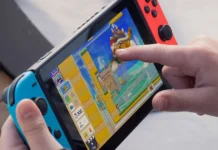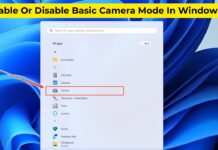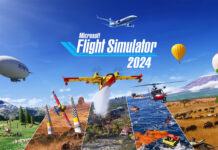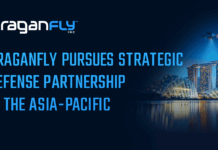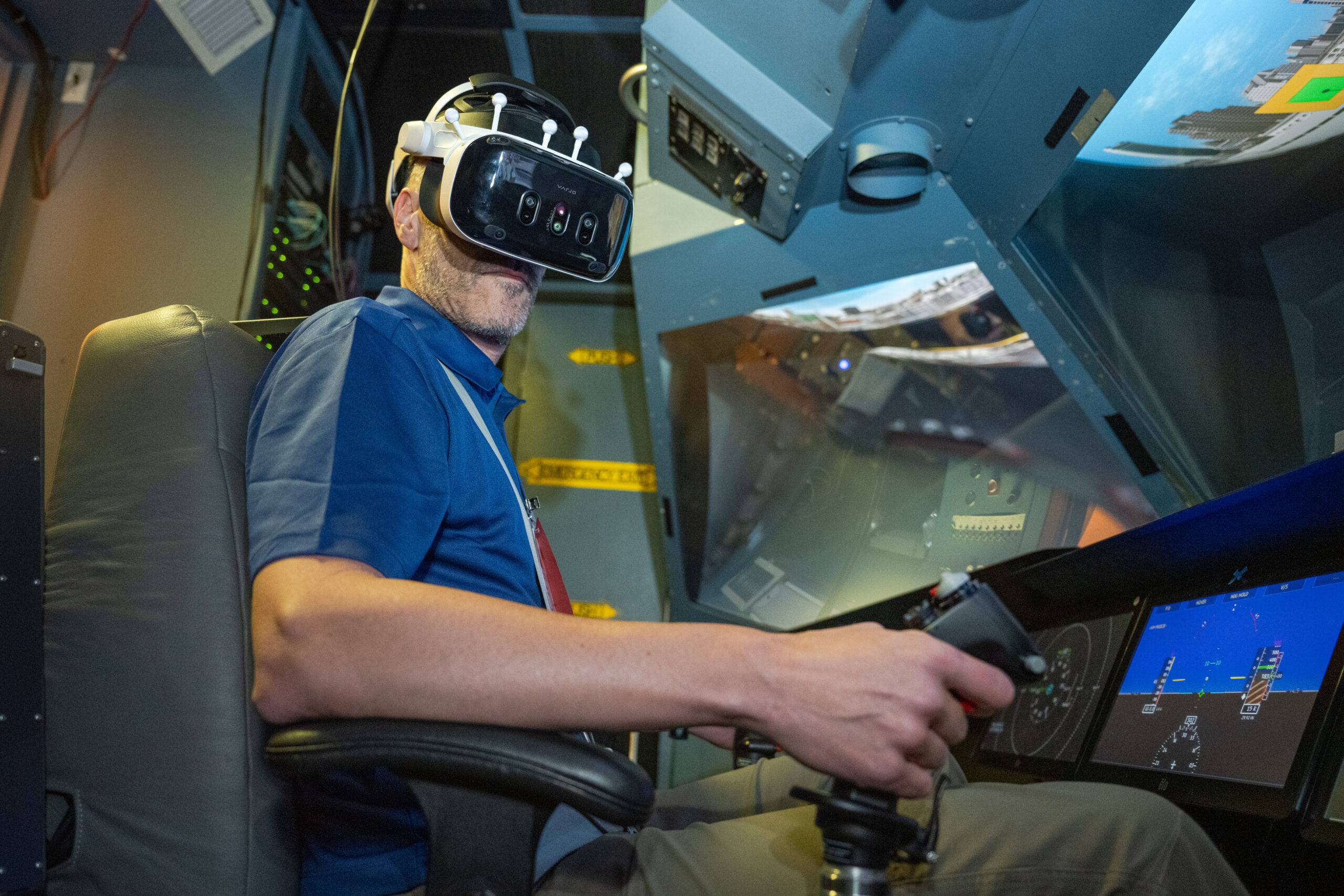In a significant stride towards transforming pilot training, both commercial companies and government agencies are exploring a more immersive and cost-effective alternative to traditional displays used in flight simulators. This innovative approach is being accelerated through a NASA research project focused on making the technology available sooner.
The concept at the heart of this transformation is mixed reality, where pilots engage with physical simulators while using virtual reality headsets. This setup presents a compelling future for pilot training. However, the current lack of standards is a barrier, as regulators have insufficient data on the performance of these systems. Addressing this gap, NASA’s Ames Research Center in California’s Silicon Valley conducted a study involving twelve pilots to evaluate mixed-reality flight simulation in the world’s largest flight simulator.
Peter Zaal, a principal systems architect at Ames, remarked, “For the first time, we’re collecting real data on how this type of mixed reality simulation performs in the highest-fidelity vertical motion simulator.” He emphasized that understanding the impact of these systems on pilot performance is a step closer to offering a safer, more cost-effective training tool beneficial to the aviation sector, including commercial airlines and future air taxi operators.
Mixed reality seamlessly integrates the physical and digital realms, enabling users to interact with tangible objects while immersed in a simulated environment. In the context of flight simulators, this technology, utilized through headsets or similar devices, could revolutionize pilot training for advanced aircraft. It offers a more compact and cost-efficient solution compared to traditional simulators, as pilots can focus more on the visuals provided by the headset rather than the large embedded displays in physical motion simulators.
The testing period, which spanned from May 23 to May 30, involved pilots wearing headsets that allowed them to view physical displays and control mechanisms inside the Vertical Motion Simulator (VMS) cab. This was enhanced with a virtual cockpit overlay of an electric vertical take-off and landing (eVTOL) vehicle visible through the headsets. As pilots looked through their windscreens, they experienced a virtual panorama of San Francisco and its vicinity.
During the tests, pilots executed three standard flight maneuvers under four different motion conditions. Following the exercises, they were asked to assess their experience, particularly in terms of motion sickness levels while using the head-mounted display, and how accurately the simulator mimicked the movements of an actual aircraft.
Preliminary findings from the study revealed that pilots reported lower levels of motion sickness than anticipated by NASA researchers. Many pilots noted that the mixed-reality environment within the VMS felt more authentic and fluid compared to previous simulator configurations they had encountered.
In conjunction with the tests, NASA’s Ames hosted representatives from the Federal Aviation Administration Civil Aerospace Medical Institute, which investigates factors affecting human performance in aerospace. Pilots from the National Test Pilot School also participated in parts of the testing and independently evaluated the head-mounted display’s “usable cue environment,” essentially the visual cues crucial for pilots to control an aircraft.
NASA plans to release the test results to the public and the aviation community early next year. This pioneering testing, supported by an Ames Innovation Fair Grant and overseen by the center’s Aviation Systems Division, sets the stage for the potential incorporation of this technology in the VMS for future aviation and space missions.
For readers intrigued by this development, the integration of mixed reality in pilot training represents a broader trend in the aviation industry towards leveraging cutting-edge technology for enhanced training experiences. Mixed reality offers the promise of a more realistic, immersive training environment that could significantly reduce costs and physical space requirements. By shifting to a headset-based visual system, aviation training could become more accessible and adaptable, preparing pilots for the demands of next-generation aircraft.
This initiative not only highlights NASA’s commitment to advancing aviation technology but also underscores the potential for mixed reality to reshape training paradigms. As the aviation community eagerly awaits the public release of NASA’s findings, there is a palpable anticipation of the transformative impact these innovations could have on pilot training and the broader aerospace industry.
For further information on the Vertical Motion Simulator, which played a crucial role in this study, interested readers can explore more at NASA’s official website. This simulator is renowned for its high-fidelity motion capabilities, making it an ideal platform for testing and refining advanced simulation technologies such as mixed reality.
In conclusion, NASA’s exploration into mixed reality flight simulation marks a pivotal moment in aviation training. By melding the physical and digital, this technology holds the potential to redefine how pilots are trained, ultimately leading to safer skies and more efficient aviation operations. As we await the comprehensive results of this study, the aviation community stands on the brink of a new era in pilot training and simulation.
For more Information, Refer to this article.




